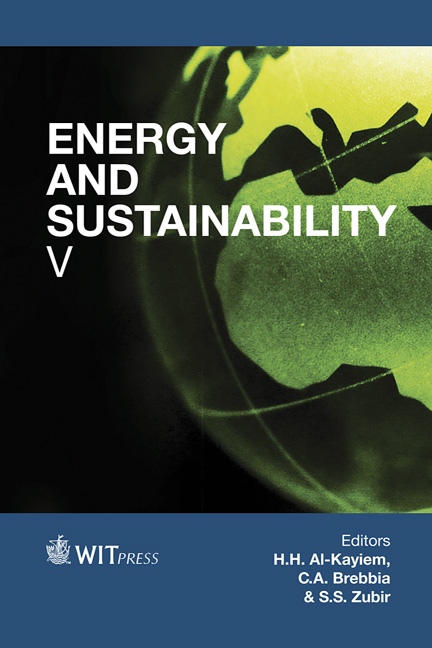Coal Liquefaction Using A Tetralin-glycerol Co-solvent System: Effect Of Temperature And Reaction Time On Conversion And Product Yield
Price
Free (open access)
Transaction
Volume
186
Pages
8
Page Range
855 - 862
Published
2015
Size
411 kb
Paper DOI
10.2495/ESUS140761
Copyright
WIT Press
Author(s)
S. N. Ali, K. Ismail, M. A. M. Ishak, A. H. Jawad
Abstract
Common solvent used in coal liquefaction, namely tetralin, involves very high costs and thus is less likely to be used. A previous study of Mukah Balingian coal liquefaction showed that tetralin-glycerol solvent system with ratio of 70:30 (v/v) provides the highest coal conversion. In this study, the liquefaction process was carried out using this solvent system. The study aimed to determine the effect of liquefaction temperature and reaction time on coal conversion and percentage of product yield. The experimental work was conducted in a 300ml batchwise reactor system at a temperature of 380–400°C with isothermal reaction times ranging from 15 to 45 min. The reaction pressure was about 4MPa N2, and the solvent-to-coal weight ratio was 10:1. Coal liquefaction conversion to tetrahydrofuran soluble products and percent of product yields were determined and the results were tabulated. Based on the results obtained, conversion of coal increases as the temperature and reaction time being increased with the highest value of 78.55% conversion obtained at 400°C and 45 min reaction time. Increasing temperature also has a significant effect on the percentage of product yield with a higher molecular weight product being produced. Being a temperature sensitive solvent system, increasing reaction time poses different effects on the percentage of product yield for different temperatures used.
Keywords
coal, coal liquefaction, solvent, conversion





